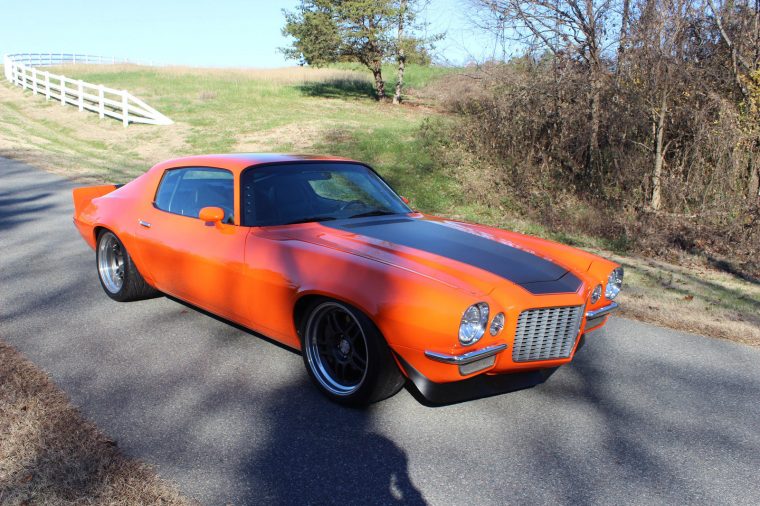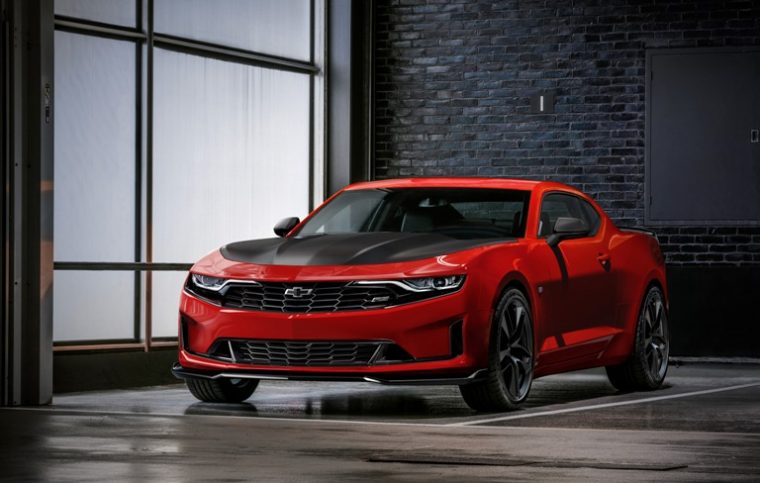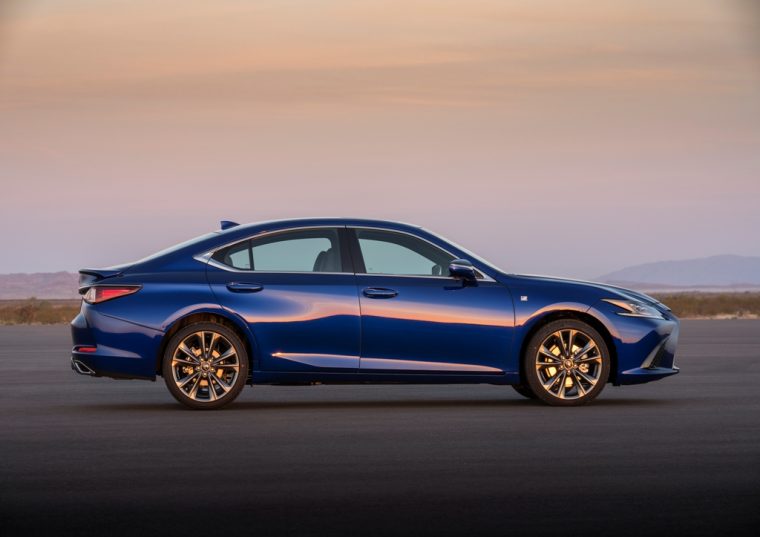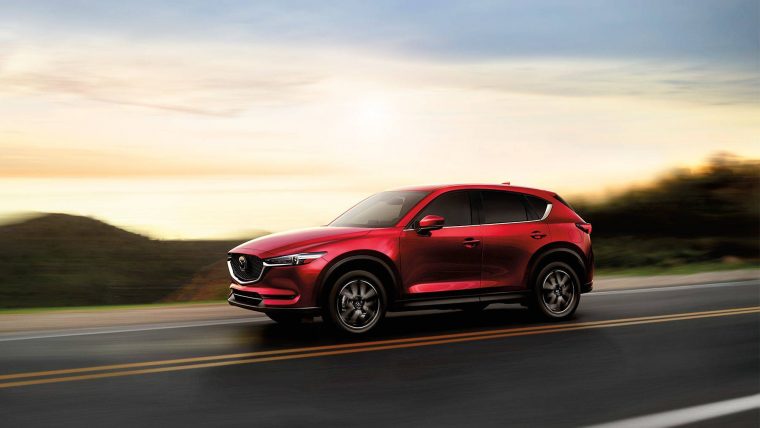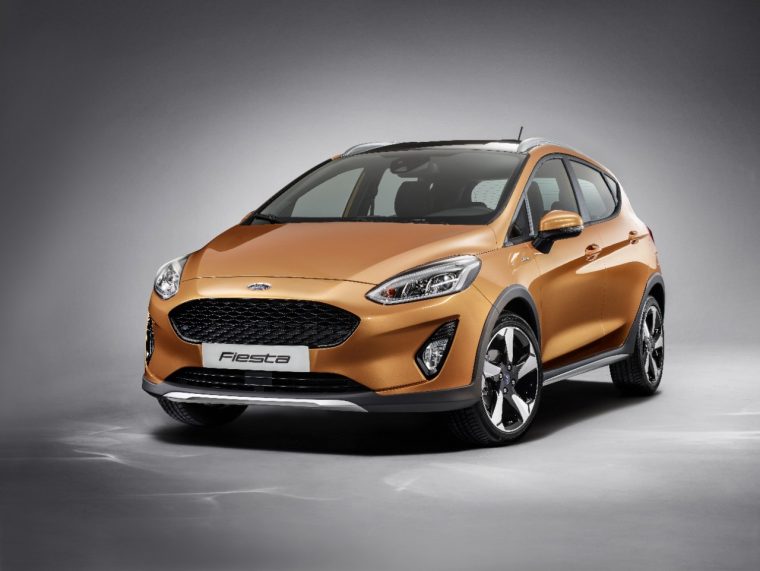Let’s Be Frank: Here’s Exactly What These Three Car Industry Buzzwords Mean
Marketing is an interesting thing—it can make perfectly mundane words do double duty to sound intriguing while adding shades and shades of meaning beyond what you might find in the dictionary.
The automotive industry is no exception. So, to make things a little clearer for everyone, I thought I would shed a little light—and spread some frankness—on the situation.
Good to Know: These are the benefits Chevy offers to its customers
[wptab name=’Generation’]
Generation
The term “generation” typically applies to families and genetics. However, when it comes to vehicles, “generation” generally refers to a collection of model years of a specific vehicle after a significant redesign. For traditional automakers, this happens every few years.
Take, for example, the Chevy Camaro.
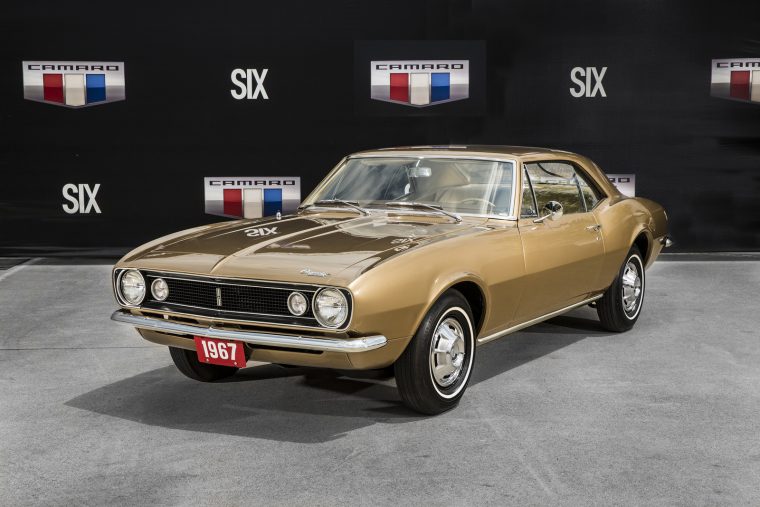
Photo: carscoops.com
It was first introduced back in 1967. However, when it got a new face and bigger, heavier body in 1970, it entered the second generation.
When it became an angular sports car in 1982, that was the third generation. And when those looks were smoothed out in 1993 it was the fourth generation until production petered out in 2002.
Finally, when Chevy resurrected the Camaro for 2010, that entered into the fifth generation, followed just five years later by the sixth, and current, generation.
[wptab name=’Class/Segment’]
Class/Segment
A vehicle class or segment really just means cars that are similar. This term generally pops up in the context of “best-in-class” or “the best X in its segment.” Segments are defined by three factors: the size of the vehicle, the body style, and how much it costs. So, the Chevrolet Malibu and Toyota Camry are in the same class or segment, since they are about the same size, are both sedans, and cost a similar amount to buy.
You have to be careful with the class/segment designation, though. When claiming “best-in-class” features, automakers often make up their own segment names, which don’t necessarily line up with reality—particularly when the claim would be difficult to disprove.
For example, Chrysler has claimed that the 2018 Pacifica is “the most technologically advanced minivan in its class,” but when you look at the disclaimer, it reads “Based on the FCA US LLC Premium Minivan Segment.” That segment seems to be one used internally by Fiat-Chrysler, so we can’t be 100% sure what the Pacifica is being compared to.
[wptab name=’Crossover’]
Crossover
This is perhaps one of the most popular car terms in common usage. “Crossover” refers to an SUV-like vehicle, built on a unibody platform (as opposed to body-on-frame, which is often used by hard-working vehicles like trucks and the original SUVs). Crossovers combine a certain degree of SUV-ness and passenger car-ness. In general, this means a crossover offers a tall body, higher ground clearance, and potentially all-wheel drive from the SUV side; and lighter weight, better handling, and better fuel economy from the passenger car side.
However, this is not a hard-and-fast distinction, and often the moniker “crossover” could just as easily be pasted on a small hatchback (or “compact crossover,” as it would likely be called). Crossover and SUV are also often used interchangeably, although in reality it’s one of those “all squares are parallelograms but not all parallelograms are squares” things, as the largest vehicles in most vehicle lineups tend to be true SUVs, built like a truck with a body-on-frame construction.
[end_wptabset]
Learning Is Nice: Here are the basics of taking care of your tires

The News Wheel is a digital auto magazine providing readers with a fresh perspective on the latest car news. We’re located in the heart of America (Dayton, Ohio) and our goal is to deliver an entertaining and informative perspective on what’s trending in the automotive world. See more articles from The News Wheel.



